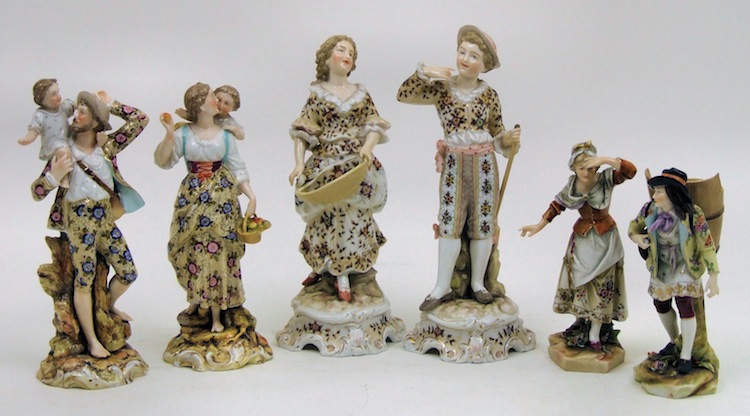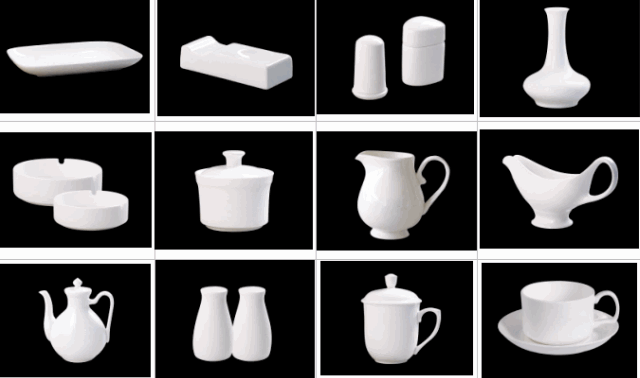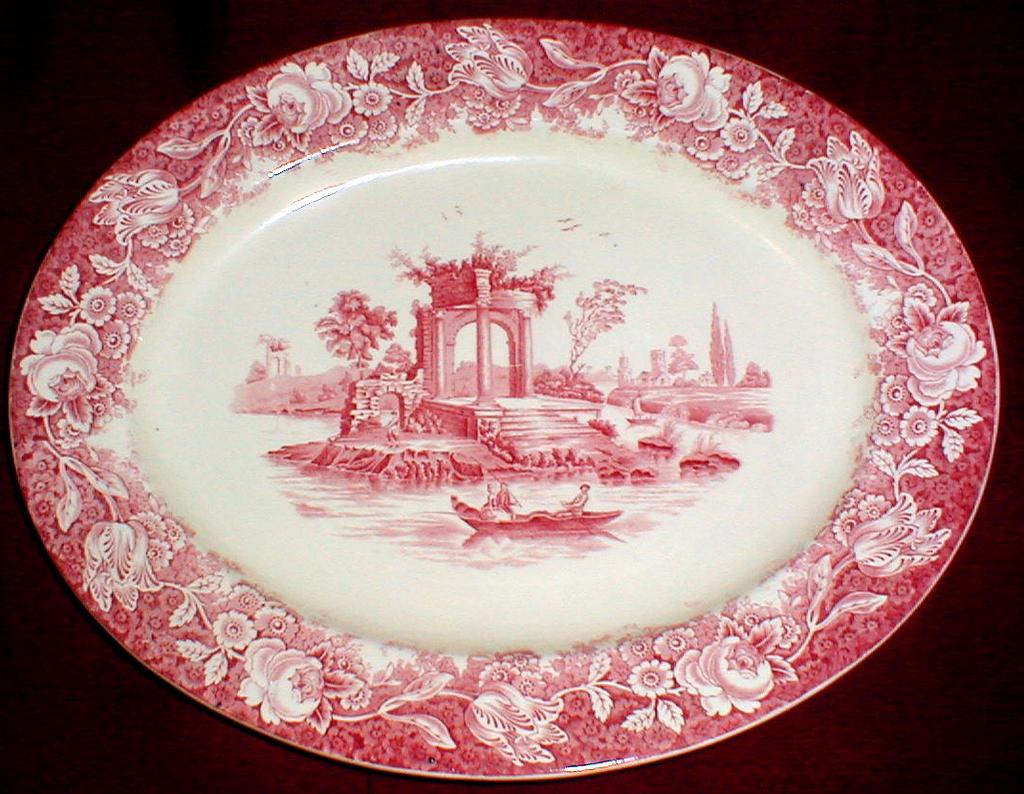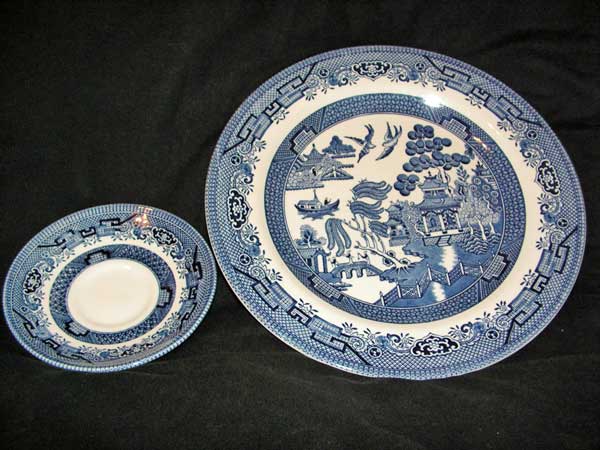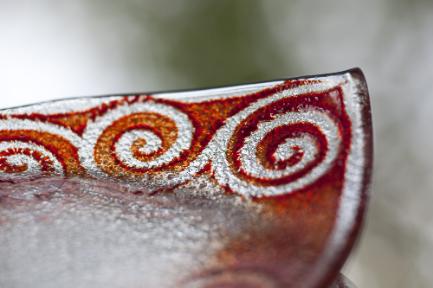Ask a collector to name a European porcelain factory, and chances are they’ll say Meissen. This factory is rightly famous – being the first in Europe to discover hard-paste porcelain and because of the high quality of its products – but figures from other factories are available too.
The Meissen porcelain factory began to concentrate on producing figures from c.1730, following the arrival of a young sculptor named Johann Joachim Kandler. Before long, Kandler’s figures became even more popular than Meissen tablewares. As other porcelain factories sprang up throughout Europe, they too began producing figures in the style of Meissen – some of them even using the Meissen crossed-swords trademark to make their pieces even more tempting.
If you’re a new collector you may find that the differences between the figures made by the various factories are often so small as to be easily overlooked, but as you become more experienced, details such as the modelling, the shape of a base, the colours and the glaze can tell you when and by whom a piece was made. Don’t be afraid to pick the figures up and look underneath for marks – but always remember to support them well in your hand when you do.
Meissen
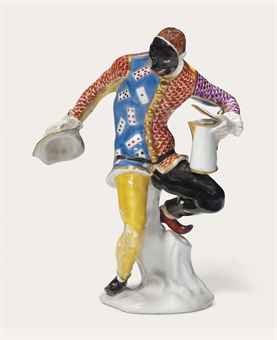
You may think the twisting figure of Harlequin (see above), made c.1740, looks as if it’s about to topple over. But the turning pose is typical of the best Meissen figures, which are always full of movement. Worth £15,000 to £20,000.
Remember, though, that the crossed-swords trademark alone doesn’t mean you have a piece of Meissen. This is the most commonly faked mark and was copied by Worcester, Minton, Bow and Derby – among others!
Vienna

The different colours on a figure can tell you where the particular piece was made. A combination of strong green, pale mauve, puce and yellow is typical of many Vienna figures produced c.1760-70. Worth £3,000 to £5,000.
Frankenthal

Frankenthal figures, such as this one, are often high quality despite their rather stiff poses. Typical features include:
- large hands
- doll-like faces
- an arched edge to base
- tufts of green moss
- Pieces can be worth from £2,500 to £3,500.
Commedia dell’Arte
One popular subject for porcelain figures were characters from the famous Commedia dell’ Arte (Italian comic drama). These were modelled by many factories and appear in a wide variety of poses. Their value depends on the quality and their condition, rather than the subject. Prices range from under £300 to more than £20,000.
Is it Meissen?
Many porcelain figures look like genuine Meissen pieces, but are worth only a fraction of their value.

